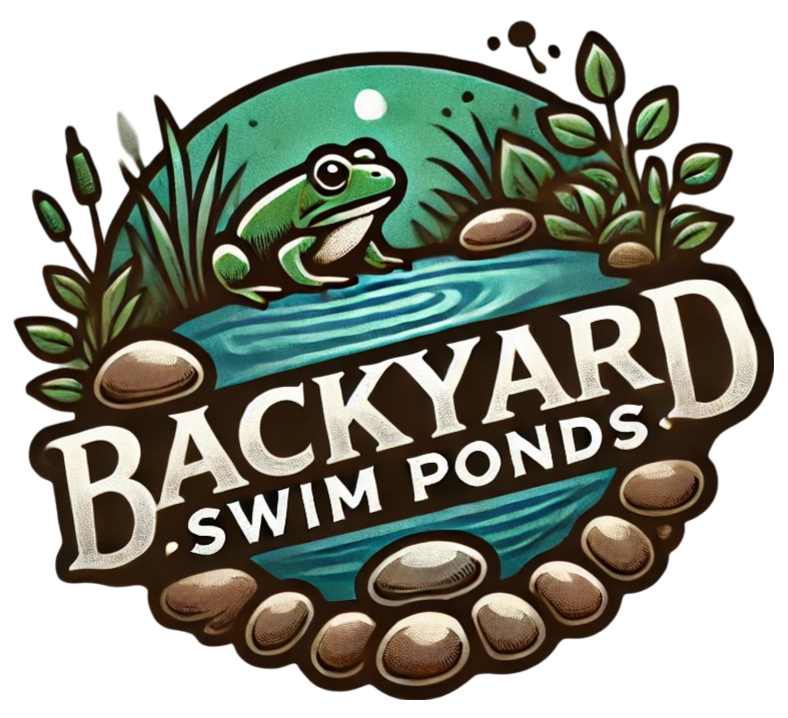Creating a thriving pond environment isn’t just about maintaining water levels or introducing fish. An often-overlooked component is the role of fertilizing aquatic plants. A carefully balanced fertilization plan ensures that your pond’s flora flourishes, contributing to ecological health and aesthetic beauty. Welcome to a guide that unravels the essentials of pond plant fertilization—a deep dive into nurturing your aquatic garden naturally and effectively.
Table of Contents
- Fertilizer Types: Nature vs. Chemistry
- Decoding Essential Nutrients
- Application Techniques: Timing and Methods
- The Impact of Fertilizers on Ecosystems
- Slow-Release Fertilizers: Sustainability at Work
- Crafting a Balanced Fertilization Strategy
Fertilizer Types: Nature vs. Chemistry
Choosing the right fertilizer is crucial. The two primary types include natural and synthetic options, each with distinct characteristics.
Natural Fertilizers
Natural fertilizers originate from organic materials, such as composted plant residues or manures. Opting for these provides the dual benefit of slow nutrient release and soil structure improvement. The main advantage here is their environmental compatibility, offering long-term sustainability by enhancing microbial life and improving soil health.
Pros of Natural Fertilizers:
- Environmentally Friendly: Mitigate pollution risks by reducing nutrient runoff.
- Sustainable Growth: Encourage beneficial microbial activity, adding structure to the pond substrate.
Synthetic Fertilizers
These chemically formulated nutrients offer immediate availability. They typically consist of precisely measured compounds that plants can uptake quickly, providing rapid growth responses. However, synthetic options carry the risk of causing nutrient overloads, particularly in closed aquatic environments. Algal blooms and other ecological imbalances are potential side effects if not monitored closely.
Applications of Synthetic Fertilizers:
- Phosphate-rich Formulations: These are frequently used in aquaculture, especially for promoting phytoplankton blooms, crucial for food webs in fish ponds (FAO).
Choosing between these depends significantly on your specific goals—whether you’re prioritizing rapid results or a more gradual, ecological approach.
Decoding Essential Nutrients
Plants, whether terrestrial or aquatic, rely on a balance of nutrients. Pond plants, however, have unique requirements often influenced by water chemistry and surrounding ecological factors.
Key Nutrients
- Nitrogen (N): This macronutrient is vital for vegetative growth. Be cautious, as excess nitrogen can lead to excessive algae growth, disrupting oxygen levels in the pond.
- Phosphorus (P): Integral for root development and blooming, particularly significant in aquatic plants for strong structural growth.
- Potassium (K): Plays a supportive role in plant health, aiding in stress resistance and disease prevention, yet should be balanced against other nutrients to avoid interference in aquatic settings (Standish Milling).
Micronutrients
Though required in smaller quantities, elements like iron, manganese, and zinc are vital for various plant processes, from chlorophyll production to enzyme function. Ensuring your pond’s fertility package includes these traces can prevent growth anomalies and boost overall plant health (FAO).
Application Techniques: Timing and Methods
Efficient fertilization is not just about what you use but how you apply it. The method and timing can dramatically influence effectiveness and environmental impact.
Timing
Fertilization should align with the plant’s growth cycle, often requiring adjustments throughout the year. Visual cues such as water clarity—measured using a Secchi disk—can help decide when to fertilize. Clear water often indicates insufficient planktonic growth, suggesting it’s time for nutrient input (Mossy Oak Gamekeeper).
Methods
- Underwater Platforms: Designed to distribute fertilizers evenly across the pond, minimizing hotspots that can favor unwanted algae.
- Dilution Techniques: Particularly for liquid fertilizers, using a 2:1 water-to-fertilizer ratio ensures uniform distribution, preventing localized nutrient spikes (MSU Extension).
Understanding these techniques helps maintain balance, fostering growth while minimizing adverse effects on aquatic life.

The Impact of Fertilizers on Ecosystems
Fertilizers can substantially alter aquatic ecosystems. Their use needs to balance plant nutrition with ecological considerations.
Potential Risks
Over-fertilization can lead to eutrophication, where nutrient surpluses accelerate algae growth. This can result in dramatic oxygen depletion as algae decompose, risking fish kills and loss of biodiversity (Nature.com).
Environmental and Economic Implications
Poor water quality affects biodiversity and may economically impact fisheries and tourism. Mitigating these involves strategic nutrient management, ensuring that economic activities and environmental health are aligned (ResearchGate).
Slow-Release Fertilizers: Sustainability at Work
Slow-release fertilizers present a balanced way to fertilize, matching the nutrient release with plant uptake rates, significantly reducing runoff risks. These are particularly beneficial for ponds as they maintain:
Benefits
- Consistent Growth: Gradual nutrient availability supports stable plant development throughout the growing season (ScienceDirect).
- Improved Water Quality: Prevent sharp nutrient spikes, supporting balanced, healthy ecosystems (Yara Fertilizer).
These fertilizers advocate sustainable ecosystem management, promoting long-term ecological health over short-term growth bursts.
Crafting a Balanced Fertilization Strategy
A successful fertilization strategy appropriately considers the pond’s unique characteristics and plant needs. It involves:
- Customized Nutrient Plans: Tailor your approach based on water chemistry, plant species, and growth stages.
- Monitoring and Adjustments: Regular checks on plant health and water quality indicators can guide necessary adjustments, ensuring sustained growth and biodiversity.
Through informed application and ongoing observation, you can cultivate a thriving pond environment that not only supports lush aquatic plants but also upholds a dynamic, resilient ecosystem.
As you nurture your pond, remember that each application of fertilizer is a step toward enriching biodiversity, enhancing natural beauty, and contributing to the wellness of our aquatic counterparts. Whether you’re new to pond care or a seasoned enthusiast, a strategic approach to fertilization will lead you to flourish in your aquatic endeavors.

